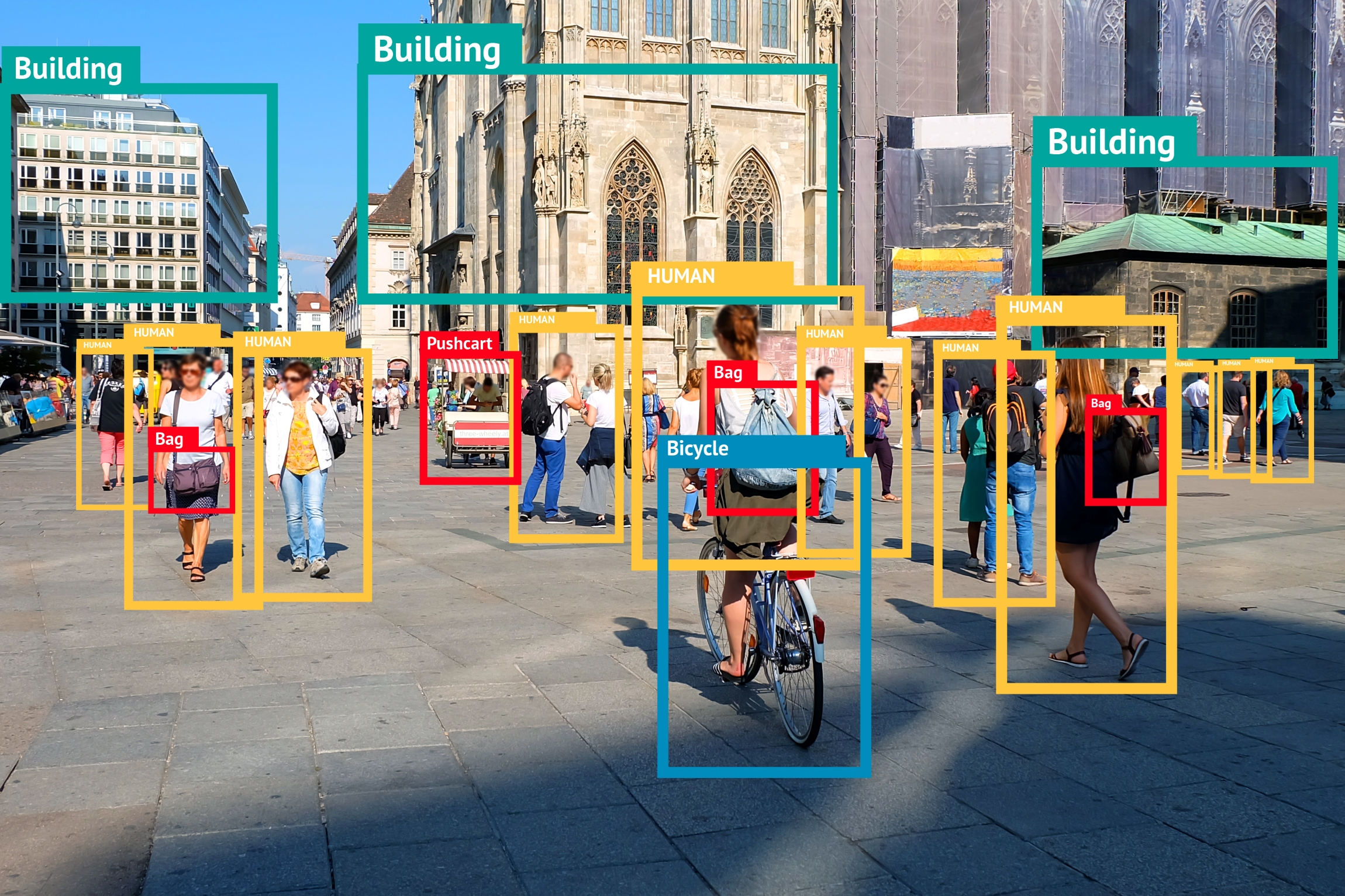Top 5 things to consider when choosing a video analytics solution
Sorting your video data quickly and efficiently is crucial to maintaining the security of your organization. Here are the top 5 considerations to keep in mind when looking for a video analytics solution.

As video surveillance technology grows and your amount of data increases, it’s especially important to have a video analytics solution that allows you to make sense of the information as it comes in.
1. Proven quality
Developing an efficient, reliable video analytics solution isn’t easy. That’s why choosing one that you can trust is crucial. Using professional certifications like the UK’s NPSA as a reference, you can professionally verify a solution’s quality. Another way to help you make your choice is by reviewing customer testimonials, which allow you to read about different video analytics solutions and the clients’ experiences with them.
2. Built-in analytics and support for third parties
With a rapidly evolving market, the number of available video analytics solutions increases exponentially. Some video management platforms offer built-in video analytics while other specialized vendors offer separate video analytics systems, which integrate with your video management system. Doing your homework and choosing the solution that best fits your current system is key.
An integrated solution means easier deployment, while separate, dedicated solutions usually provide more functionality for specific use cases. It’s important to choose a platform that offers integrated video analytics, for your more common use cases, as well as the ability to connect to third party video analytics solutions.
3. Centrally managing data
Generating data is one thing – managing data is another. Certain video analytics solutions work by sending you relevant data after an alarm event. However, many solutions benefit from the use of a more complex central management system, with more detailed data recordings.
Providing simple data could work for a single camera in a small room with one entry, but some organizations have larger areas to monitor, with multiple cameras and entrances. In these cases, a system that centrally manages your data is key to maintaining an efficient workflow and ensuring consistent surveillance.
4. Leaving space for growth and evolving needs
Allowing space for your security system to grow is essential. Most organizations have evolving security needs, which is why it’s important to have a video analytics solution that can be adapted to meet the requirements. To let your system grow with your needs, server-based video analytics systems provide the flexibility to add new features, simply by adding more servers. This prevents you from having to “rip-and-replace” your entire camera system, saving time, money, and energy.
Video analytics solutions come in many different forms. Some solutions run directly through cameras, while others run on servers. You can keep costs to reasonable levels by choosing a solution that simplifies your project development and keeps deployment time low.
Your video analytics solution is an essential gear in your security system machine, which is why it’s important to have an adaptable solution that can be adjusted in tandem with your overall system.
5. Focusing on the bigger picture
While the physical security industry sees trends come and go, it’s important to focus on the bigger picture when investing in your video analytics solution. For example, AI is a technological trend that has taken the industry by storm, but a solution that uses AI doesn’t necessarily make it the right choice for you.
Deep learning provides great benefits in terms of accuracy, but like many other technologies, it’s just one part of the overall solution. What counts is the outcome and how it benefits your security system. Don’t spend too much time focusing on buzzwords or the latest trends, and choose a proven solution that has the power to meet your evolving needs.
